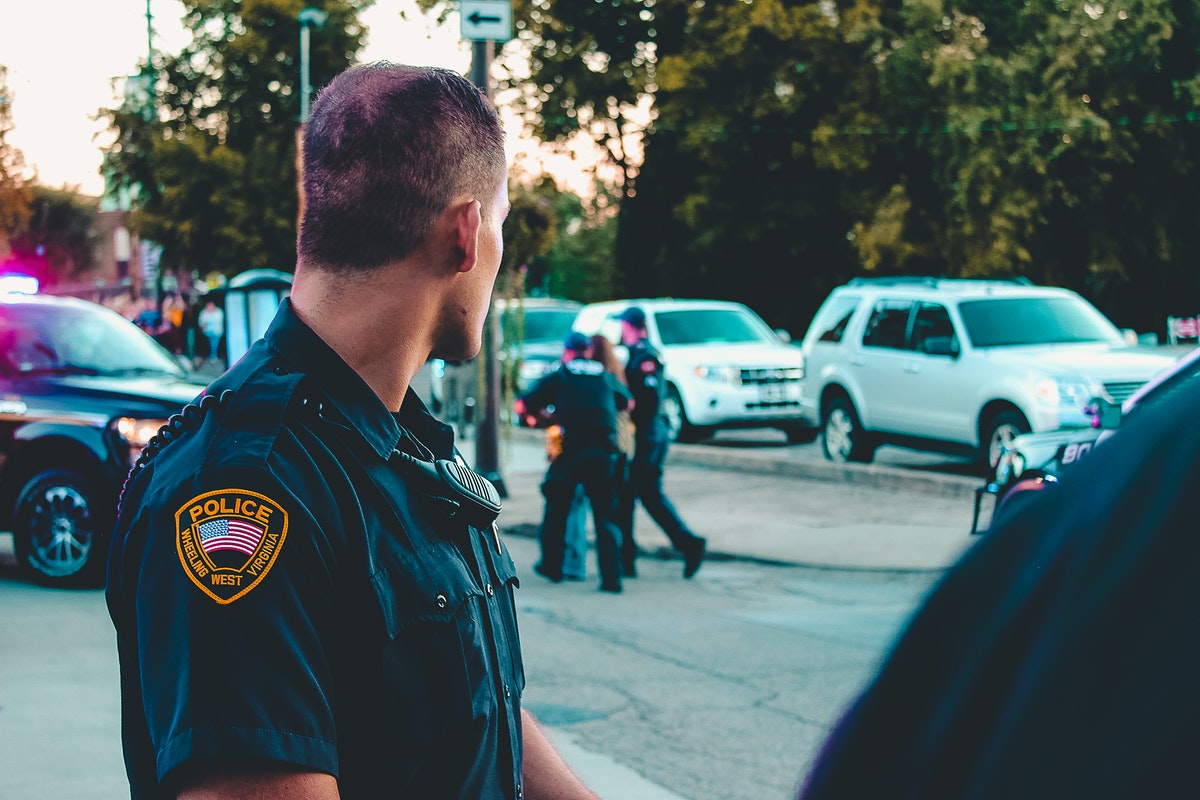
- DUI offenses carry severe penalties, including license revocation, employment loss, and potential jail time for offenders.
- DUI affects cognitive processes that may manifest in situations aside from driving.
- Financial, social, and irreversible human costs emphasize the serious consequences of driving under the influence.
- Communities and local law enforcement play crucial roles in DUI prevention through support and infrastructure.
- Ridesharing services and public transportation offer safe alternatives to reduce DUI incidents.
Driving under the influence is a significant issue with extensive repercussions. In many countries, it’s one of the leading causes of fatalities and injuries on the road. This article aims to raise awareness in the community on the importance of preventing DUIs.
The Grim Reality of DUI
When an individual decides to get behind the wheel after drinking alcohol or taking drugs, the consequences can be deadly. According to the National Highway Traffic Safety Administration, over 10,000 people die in drunk-driving accidents annually in the U.S. alone.
This is the reason why the human cost of DUI is immeasurable. Families lose loved ones, innocent lives are destroyed, and communities are left to grapple with the aftermath. Fatalities and life-altering injuries due to DUI incidents are entirely preventable.
Education and awareness are crucial in making this prevention a reality. The community should be well-informed and engaged in this endeavor to start making a difference and crunching down the numbers.

The Science Behind: Understanding DUI
To effectively combat DUI, it’s vital to understand what it is and how it affects a driver. Driving under the influence, or DUI, refers to the act of operating a vehicle with a blood alcohol concentration (BAC) above the legal limit. Across most jurisdictions, this limit is set at 0.08%.
Alcohol can impair a person’s ability to drive by affecting the following senses:
Vision
Alcohol decreases eye muscle coordination, blurs vision, and reduces peripheral vision. This impairment can cause a driver to have difficulties focusing on the road ahead, making it challenging to react to unexpected situations.
Judgment
Alcohol affects a person’s ability to make sound judgments and decisions. This impairment can cause drivers to take unnecessary risks, ignore road signs or traffic signals, and overestimate their driving abilities.
Reaction Time
Slowed reaction time is one of the most dangerous effects of alcohol on driving. When a driver’s reflexes are impaired, it takes longer to respond to hazards on the road, making it difficult to avoid accidents.
Multitasking
Driving requires multitasking, such as steering, signaling, and monitoring speed. Alcohol impairs a driver’s ability to do these tasks simultaneously, leading to erratic driving behavior and increased risk of accidents.
To prevent DUI incidents, individuals must understand the effects of alcohol on their bodies and make responsible decisions about drinking and driving. It’s also
The Long Arm of the Law: Consequences of DUI
The legal ramifications of a DUI can be severe and long-lasting. At this time, you will need a DUI lawyer to either get you out of the situation or give you support in making the offender pay for what they did.
Penalties include significant fines, the suspension or revocation of driver’s licenses, and even jail time. These consequences can also significantly impact employment opportunities, as employers may view DUI offenses as a sign of irresponsibility and poor decision-making.
Additional consequences may include the financial burden of legal fees and car repairs, social stigma, and loss of employment. Personal injury or the loss of human life are outcomes that cannot be rectified with legal means, adding a tragic layer to the already hefty punishment.
Strategies for a Safe Drive Home: Preventing DUI
Several strategies can be employed to prevent driving under the influence. Planning is key to different situations, such as commuting, self-driving, or group-shared car services.
Understanding Personal Limits
When it comes to alcohol consumption, knowing oneself from previous experiences is crucial. Weight, gender, and food consumption can impact BAC levels. Knowing how much one can responsibly drink — and sticking to that limit — can help ensure a safe return home.
Recognizing Impairment
Signs of intoxication are not always immediately noticeable, but observing behaviors like slurred speech, difficulty walking, and poor coordination can be red flags. Encouraging friends not to drive and actively intervening to find a safe way home for impaired people is critical community involvement.

Community Support and Infrastructure: The Guardians of DUI Prevention
Communities play a vital role in fighting against the prevalence of DUI. Support groups and organizations dedicated to DUI prevention also offer a network for individuals struggling with alcohol abuse to find help and guidance. The necessary infrastructure for safe travel options may include the following:
Local law enforcement
Police officers are on the front lines of DUI prevention, actively patrolling roads and enforcing laws to keep drivers safe.
Public transportation
Accessible public transportation options can provide a safe alternative for those drinking and needing a ride home.
Ridesharing services
The rise of ridesharing apps has made it easier for individuals to find safe rides home, reducing the risk of DUI incidents.
The effort to prevent DUI is not the responsibility of a single entity; it’s a community-wide initiative that requires participation at all levels.
Educating the community and implementing preventative measures are crucial in stopping DUIs. Understanding the dangers and consequences allows us to make informed choices and prioritize road safety. The community should work together to create a culture of responsibility and ensure everyone arrives home safely.
